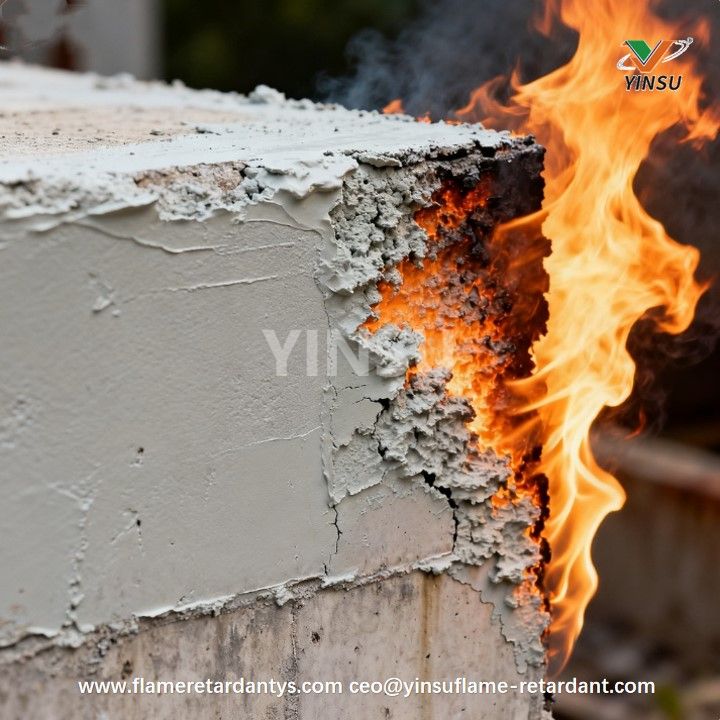- All
- Product Name
- Product Keyword
- Product Model
- Product Summary
- Product Description
- Multi Field Search
Specialized in PE, PVC, TPE, TPU and Low Smoke Zero Halogen (LSZH) wire and cable compound and materials.
In high-rise buildings, subway tunnels, new energy power stations and industrial complex scenarios, the fire safety of wires and cables is directly related to life and property and system reliability.
YINSU Flame Retardant Company provides customized flame retardant solutions for global customers, covering PE (polyethylene), PVC (polyvinyl chloride), TPE (thermoplastic elastomer), TPU (thermoplastic polyurethane) and LSZH (low smoke and halogen free) wire and cable systems to meet all safety requirements, ranging from UL94 V-0 flame retardant certification to EN 45545 fire protection for rail transportation and IEC 60754 low smoke and halogen free toxicity. All-round safety requirements.
Material Common Use Typical FR Type YINSU Flame Retardant Item No.
PE HDPE, LDPE, LLDPE, Red phosphorus, halogen free FR, PRP-950X, PE-XT-20, YS-F22B, MCA-B
Cross-linked PE cables, Bromine antimony masterbatch MDH, ATH
Plastic insulated cables.
PVC PVC &Plastic insulated power cables, T3 / ATO alternatives T3, T30
Aluminum stranded wires,
Prefabricated branch cables.
TPE Insulated wires, flexible cables Organic phosphorus YS-F22B, YS-9003
Shielded insulated cables
TPU Special purpose cables Organic phosphorus YS-F22B, YS-9003
Power cables for frequency converters.
Others Welcome to consult more details.

Persistently high phosphate rock prices are putting cost pressure across the board on downstream phosphorus-based flame retardants. Does your procurement and R&D strategy need proactive planning?

In the field of textile flame retardancy, "comfort" and "safety" are often difficult to balance. Want to know how to achieve the perfect equilibrium? This article reveals the secrets behind it.

Did you know that subway seats, airplane curtains, and children's pajamas all share a hidden "invisible firewall"? Click inside to discover how the textile industry uses flame retardants to protect lives! Unlock the core essentials of textile flame retardancy.

Wood Board Flame Retardancy Upgrade Guide: Choose Halogen-Free Phosphorus-Nitrogen-Boron based construction material flame retardants. Achieve compliance in three steps: Impregnation + Coating + Co-extrusion. V-0 rated, low smoke, environmentally friendly. Make furniture, flooring, and wall panels all meet construction material flame retardancy standards!

Navigate the recycling revolution with Yinsu: transforming cutting-edge technologies into your stable, high-value advantage.

Intumescent fireproof coatings are suitable for locations prioritizing aesthetics and short-term high-efficiency thermal insulation, while non-intumescent coatings are better suited for harsh environments and applications requiring long-term durability.